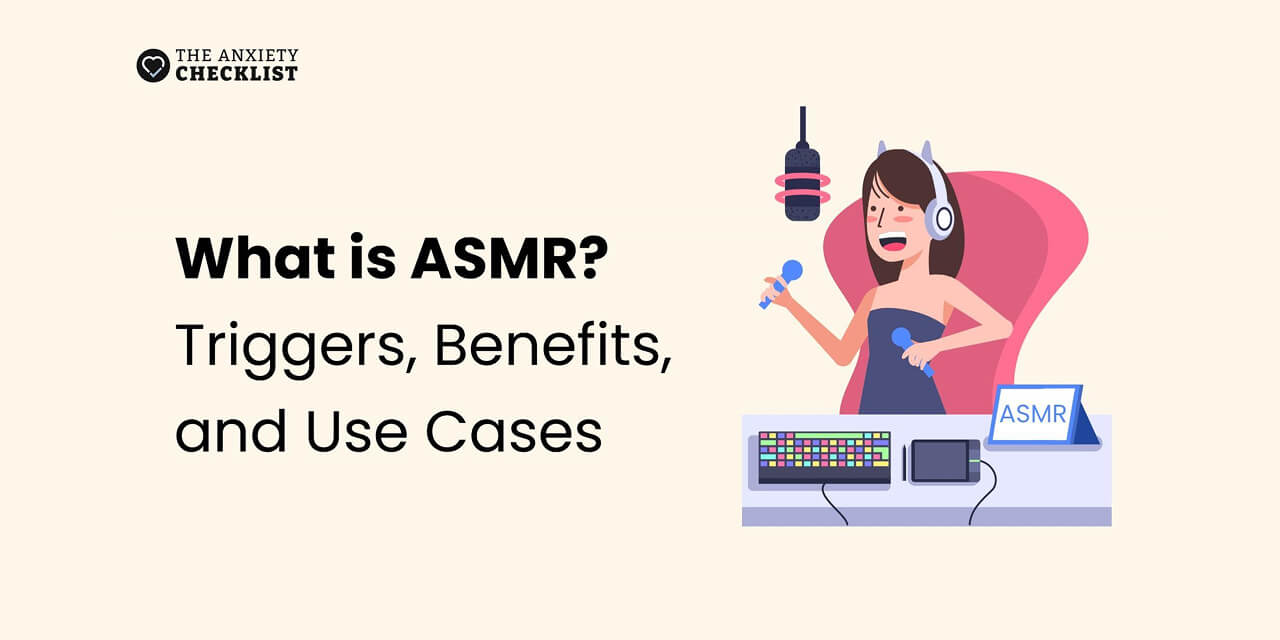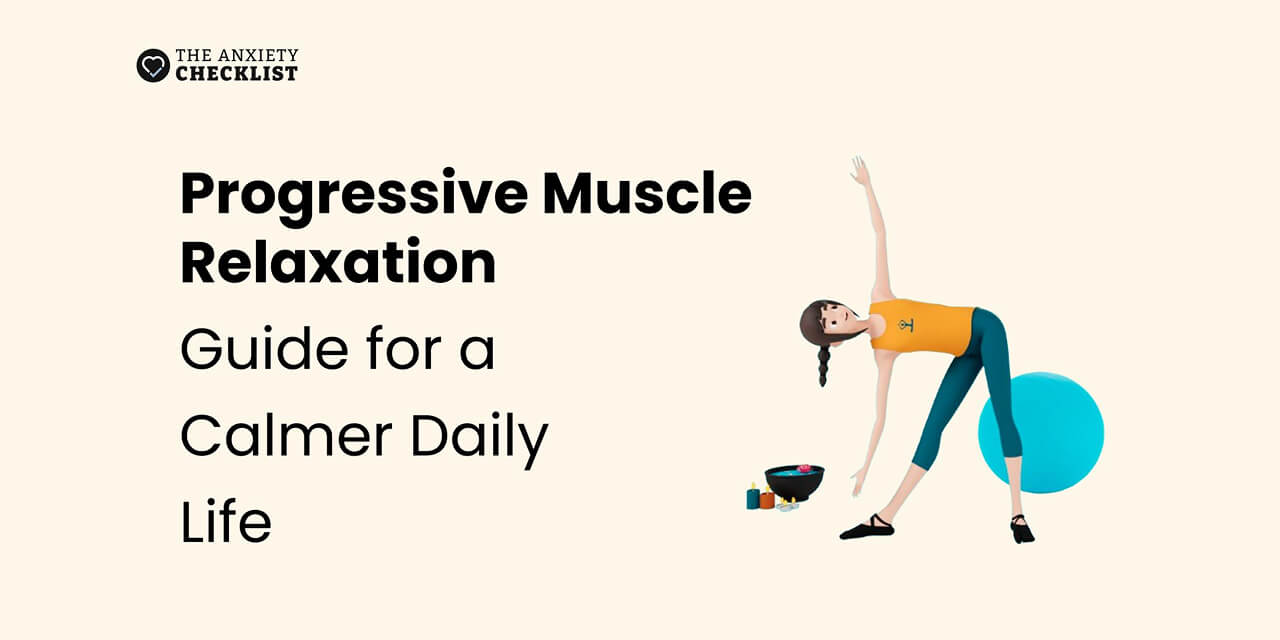What is ASMR and Why It’s Gaining Popularity?
Well, it’s simply that feeling of calmness you get when you hear soft, repetitive sounds (a specific triggering audio).
Although there’s not a lot of scientific research that proves its efficacy, it’s widely reported to be highly effective for people who face difficulty sleeping or are constantly stressed.
Lately, ASMR videos are gaining popularity as they aren’t necessarily songs. Unlike music that is a mix of beats and lyrics, ASMR is just sounds that give you “tingles.”
These tingles start at the back of the neck, like a small current. Your shoulders drop. Breathing slows down, and you immerse yourself in that soft sound.
These sounds, commonly called triggers, can include someone whispering, fabric moving, a soft tap, or a page turning slowly.
That’s it! Nothing exciting. But something shifts.
Some people refer to it as ASMR (Autonomous Sensory Meridian Response). Some don’t experience ASMR at all. But if you do, you know. You don’t need someone to tell you what it is — you’ve already felt it.
To see it in action, try this “Jewelry and Accessories” whisper video by Gentle Whispering ASMR. You’ll find many such YouTube videos that help put listeners in an ASMR state and experience ASMR.
How ASMR Works (The Neuroscience Behind It)
To completely answer the question “What is ASMR?” We need to understand the actual neuroscience behind it. In simplest terms, the following happens in your brain when you experience ASMR.
Is anxiety holding you back from the life you deserve?
What are the Common Triggers of ASMR?
There are many auditory triggers and visual stimuli that induce an ASMR response in people. Let’s discuss some of the most common ones that trigger ASMR.
Whispering and Soft Speech
Think about how someone speaks to calm a child after a nightmare — soft, quiet, and steady. That tone is more than words; it signals safety.
In ASMR, whispering and gentle speech recreate that feeling. Listeners often describe the sound as wrapping them in calm, sometimes triggering the tingling response that makes ASMR so unique.
Tapping
The steady rhythm of fingers on wood, glass, or even a book cover can be strangely calming. It’s repetitive but never harsh, almost like rain hitting a window.
The brain locks onto it, turning an ordinary noise into something soothing. For many, these taps trigger a pleasant tingling rush that makes stress feel lighter.
Page Turning
Some ASMR sounds like binaural beats feel immersive, and page turning is one of them. Each flip is soft yet crisp, drawing attention without ever being harsh.
The gentle rustle offers listeners a steady, familiar background that can quiet anxious thoughts.
Scratching and Crinkling
Scratching and crinkling fall into the same family of soft, detailed sounds. A light scratch across fabric or the crinkle of thin paper is never too loud, never too sharp.
In daily life, scratching and crinkling are background noises — bags rustling, fingers brushing across surfaces. In ASMR, these sounds are slowed down and made intentional. By focusing on them, the brain treats them differently, turning what was once ordinary into something soothing.
Hand Movements and Visuals
Where whispers soften sound, hand movements soften sight. The motions are light and intentional — hands gliding, fingers fluttering, or gentle circles in the air.
These visuals create the same effect as a hushed voice: they invite the brain to relax. For many people, this quiet choreography triggers ASMR tingles that feel grounding and safe.
Here are some other grounding techniques you can use in combination with ASMR videos with visual stimuli.
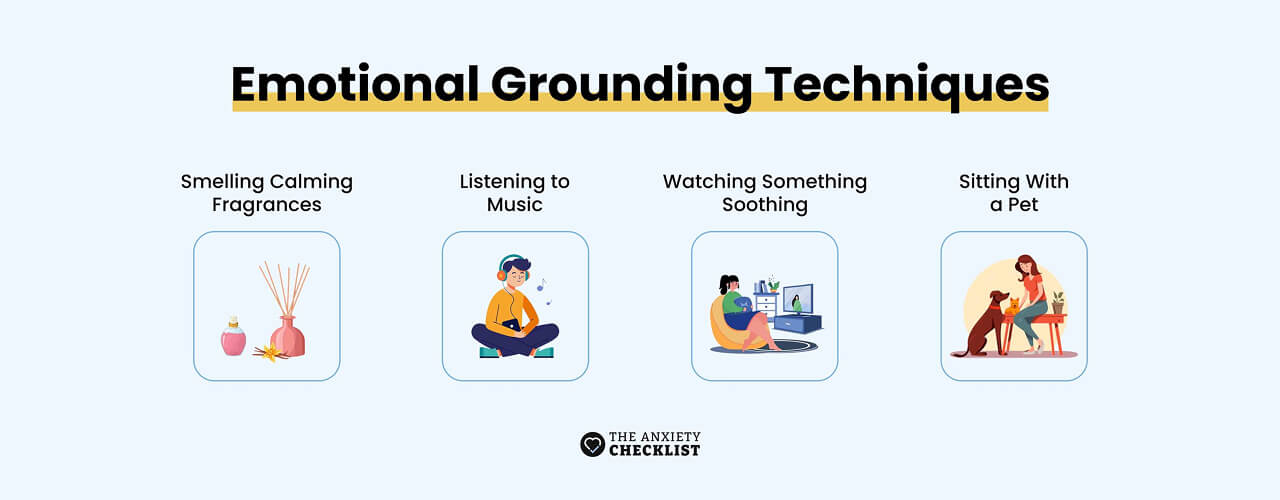
Brushing and Hair Sounds
The sound of hair brushing, makeup application, or even fabric brushing against a microphone can act as tactile stand-ins for gentle touch.
These sounds work because they imitate real closeness. The bristles scratch lightly, then smooth out, repeating in a cycle that feels predictable and safe. These are the same cues the brain receives when experiencing tender moments of grooming, which often carry associations of trust.
ASMR recreates that atmosphere, so even through a screen, the body reacts as though comfort is right there beside it.
Eating Sounds
Food has always been tied to comfort. A mother feeding a child, friends sharing snacks, families gathered at dinner. It carries social and emotional warmth.
Eating sounds in ASMR tap into that association. Even when heard through headphones, they mimic the closeness of sitting with someone safe. That link between sound and memory can be why these triggers bring such ease to some listeners.
Nature Sounds
There’s something effortless about nature’s soundscape. A stream doesn’t rush in perfect time, yet its ripples create a soft, unpredictable pattern that the brain reads as safe.
Rain, wind, or bird calls never feel mechanical, and that irregularity keeps the mind from getting bored. Instead, it leans into the comfort of gentle variation. This blend of calm and unpredictability is what makes nature sounds powerful ASMR triggers.
Key Benefits of Autonomous Sensory Meridian Response
By now, you have the answer to “What is ASMR and what triggers it?” But one question still remains:
“Why should you care about it?”
Well, watching ASMR videos has multiple mental and emotional health benefits, from helping with chronic pain to improving emotional well-being. You can use it to improve sleep and reduce anxiety as well.
Let’s discuss its most common benefits.
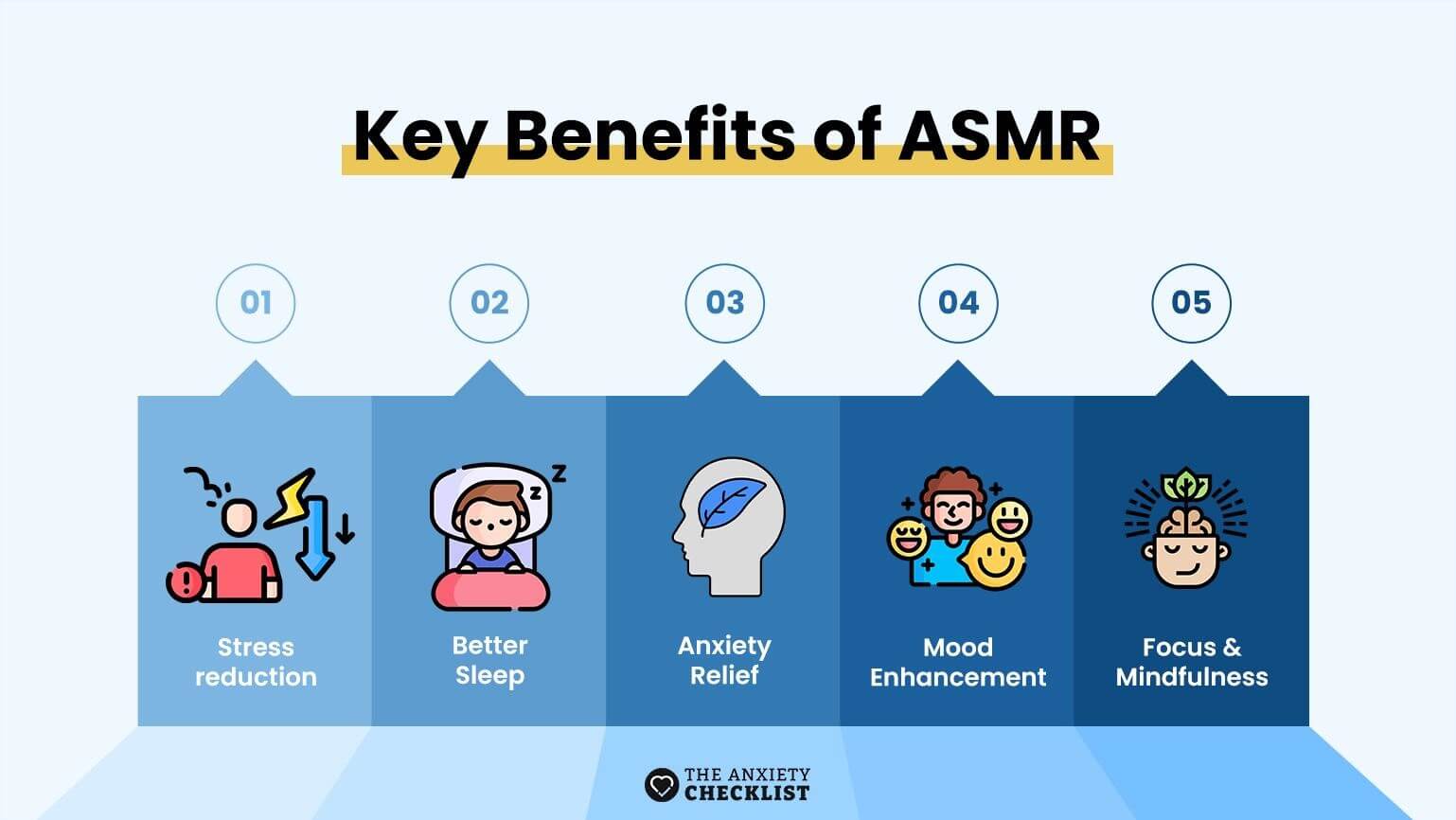
Stress Reduction
Stress can feel like carrying invisible weights everywhere. ASMR is a gentle hand lifting them, one tiny weight at a time. Each whisper, brush, or tap nudges your body to relax and your mind to let go.
You now have the answer to “What is ASMR?” Now, let’s discuss how ASMR helps reduce stress. It:
Better Sleep
It’s late, and the mind won’t stop. A soft track starts — brushing, low tapping, a whisper. Slowly, attention moves from the busy thoughts to the sound. The body follows: shoulders drop, breath lengthens, the chest relaxes.
That small shift clears space for sleep. If repeated each night, the sound acts like a gentle key that opens the door to rest more easily.
That’s what ASMR does to help you sleep better.
Here are some practical tips for using ASMR to improve your sleep quality.
Anxiety Relief
Anxiety can feel like your brain is stuck on fast-forward. ASMR slows it down. Maybe it’s the tapping of nails, the quiet brushing of fabric, or a gentle whisper. You start listening, and your body notices it can stop holding on so tight.
ASMR works by giving your mind something else to do. You focus on a soft sound, and your nervous system starts letting go. ASMR has many uses, especially for those suffering from anxiety and different phobias.
Here are some other ways to cope with anxiety.
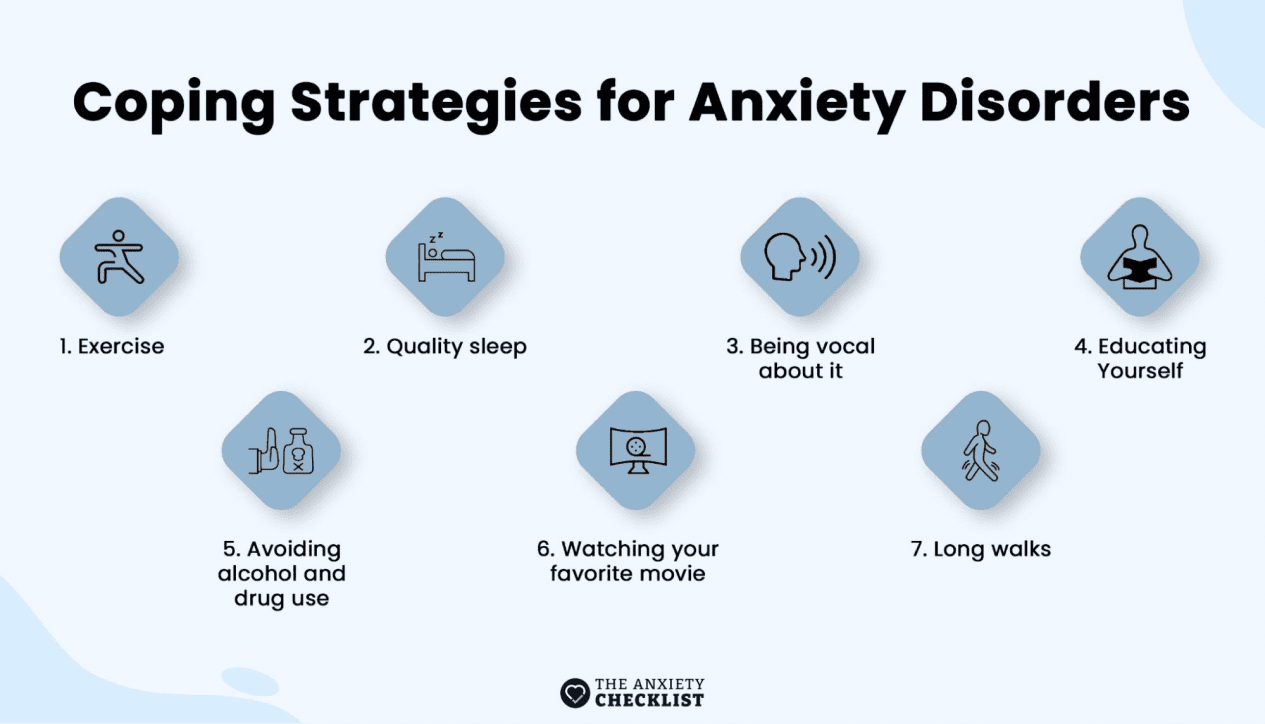
Mood Enhancement
ASMR lifts mood by offering small, pleasant sensory moments. Gentle sounds and focused attention create a tiny burst of comfort, which can turn a bad moment into a quieter, softer one.
Focus and Mindfulness
When concentration fades, ASMR is like handing the brain a bookmark. Follow the small, steady sound for a couple of minutes, and things snap back into place.
It’s similar to meditation techniques that ask you to focus on your breath, only in this case, you focus on specific sounds.
Here are some simple tips to help you use ASMR for your mindfulness practice.
Use Cases of ASMR in Mental Health
ASMR isn’t a treatment on its own, but it’s a quiet, low-risk tool people use in different ways to support mental health. It is used in the treatment of anxiety disorders and other mental health problems.
Here are real, practical use cases of ASMR — what people are trying, why it helps, and how to do it safely.
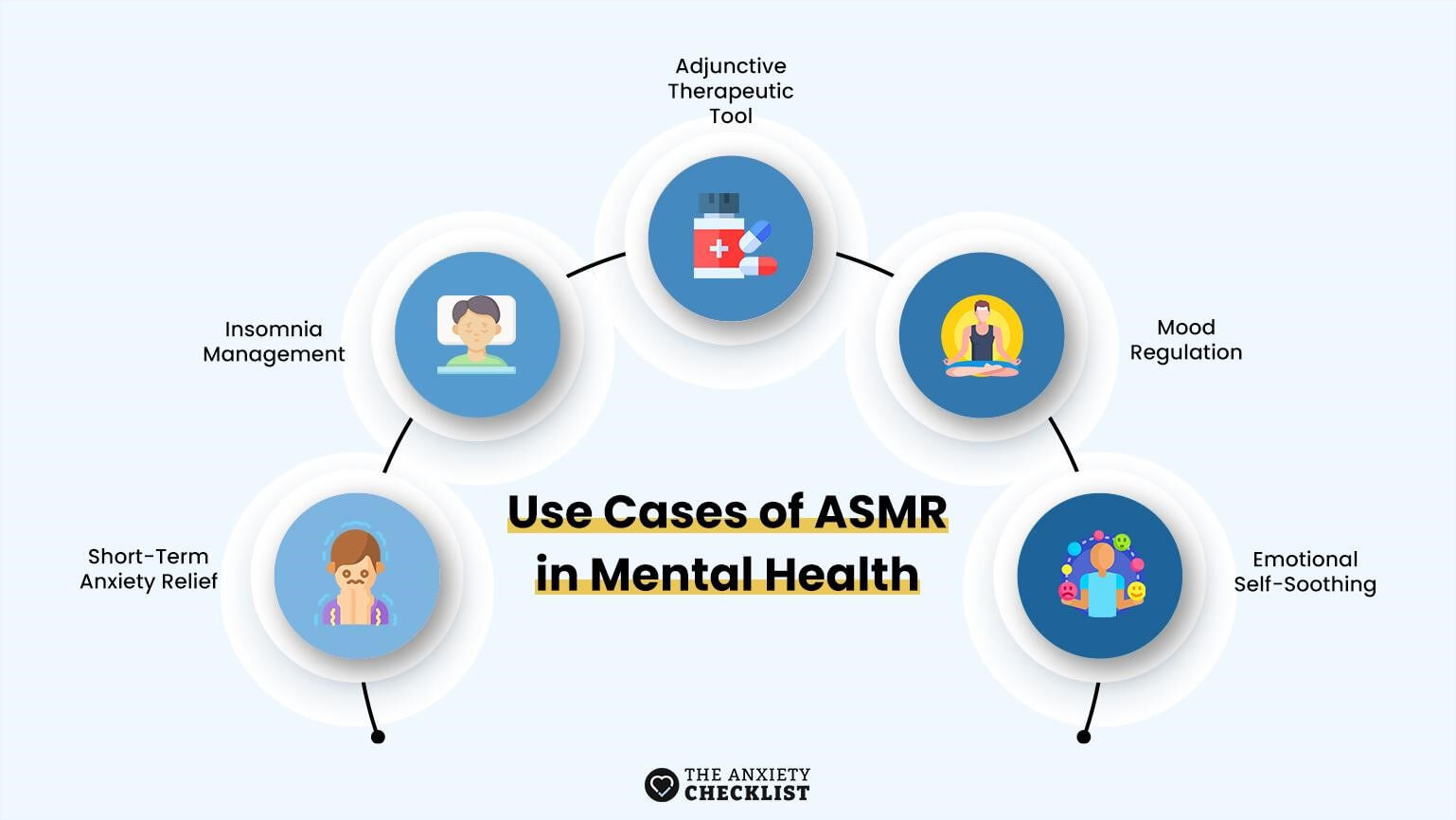
1. Short-Term Anxiety Relief
During acute anxiety attacks or panic attacks, ASMR provides low-demand sensory input. The brain focuses on soft sounds, which can reduce sympathetic nervous system activity.
This results in slower breathing, reduced muscle tension, and a brief pause in cognitive hyperactivity. By focusing on soothing sounds, you break your overthinking loop and give your brain something else to focus on.
This helps you recover from anxiety attacks and gives relief in the moment.
Here’s what you can do:
- Find a short, soothing ASMR clip (2–5 minutes).
- Sit or lie somewhere safe.
- Put on headphones.
- Focus fully on the sound — tapping, brushing, whispering.
- Notice breathing slow and muscles loosen.
Use this as a quick reset whenever anxiety spikes or you have a panic attack. Also, try to avoid common anxiety triggers to reduce instances of such attacks.
Here are some ways to deal with these.
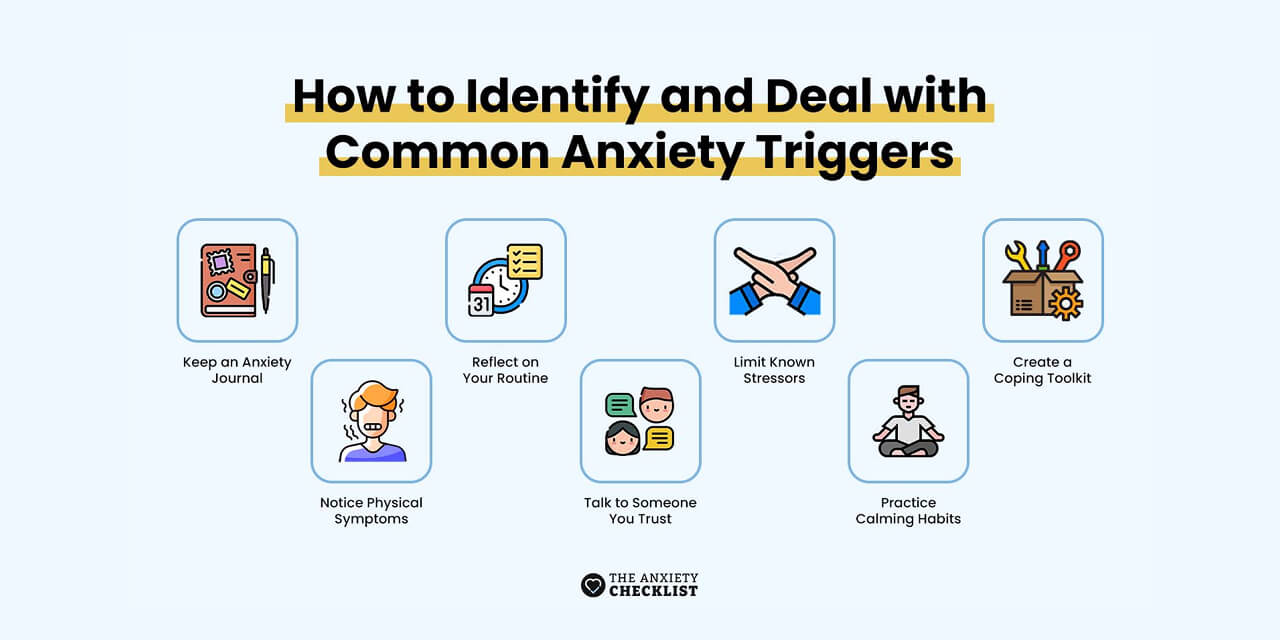
2. Insomnia Management
Many people find ASMR effective for insomnia because it combines sensory focus with a calm rhythm.
Insomnia keeps the mind running and the body tense. Listening to ASMR gives attention to a single, gentle thing to follow — soft tapping, brushing, whispers, or rainfall. Following the sound signals, the brain can relax.
3. Adjunctive Therapeutic Tool
ASMR can be a quiet helper alongside therapy with a psychiatrist and other anxiety relief techniques.
Managing anxiety is a long-term battle that requires multiple tools and resources. No one technique can deliver 100% results.
That’s why ASMR works so well. You can use it in combination with other therapies for anxiety, such as breathing exercises, grounding techniques, journaling, NLP for anxiety, and more.
Let’s look at some examples of how ASMR works with other types of therapies.
- CBT (Cognitive Behavioral Therapy): Listen to a short ASMR clip before working on exercises or sessions. It calms the nerves, so thinking feels less heavy.
- Visualization Exercises: Combine ASMR with imagining a safe place — a porch in the rain, a quiet forest, your favorite cozy corner.
- Journaling: Write while soft ASMR plays in the background. Thoughts flow more easily and feel less chaotic.
- Breathing Exercises: Play an ASMR video and let your breath copy the pace. If the sound is slow and steady, match it. It makes deep breathing feel less forced.
- Grounding for Anxiety: While ASMR plays, notice three things you can touch — your chair, your clothing, your hands. The sound makes it easier to stay in the moment.
- Mindfulness: Treat ASMR videos like puzzles: how many different layers of sound can you catch? It keeps your mind focused on now, not on worries.
Also, combine these with lifestyle and dietary changes to better manage your stress and anxiety in the long term.
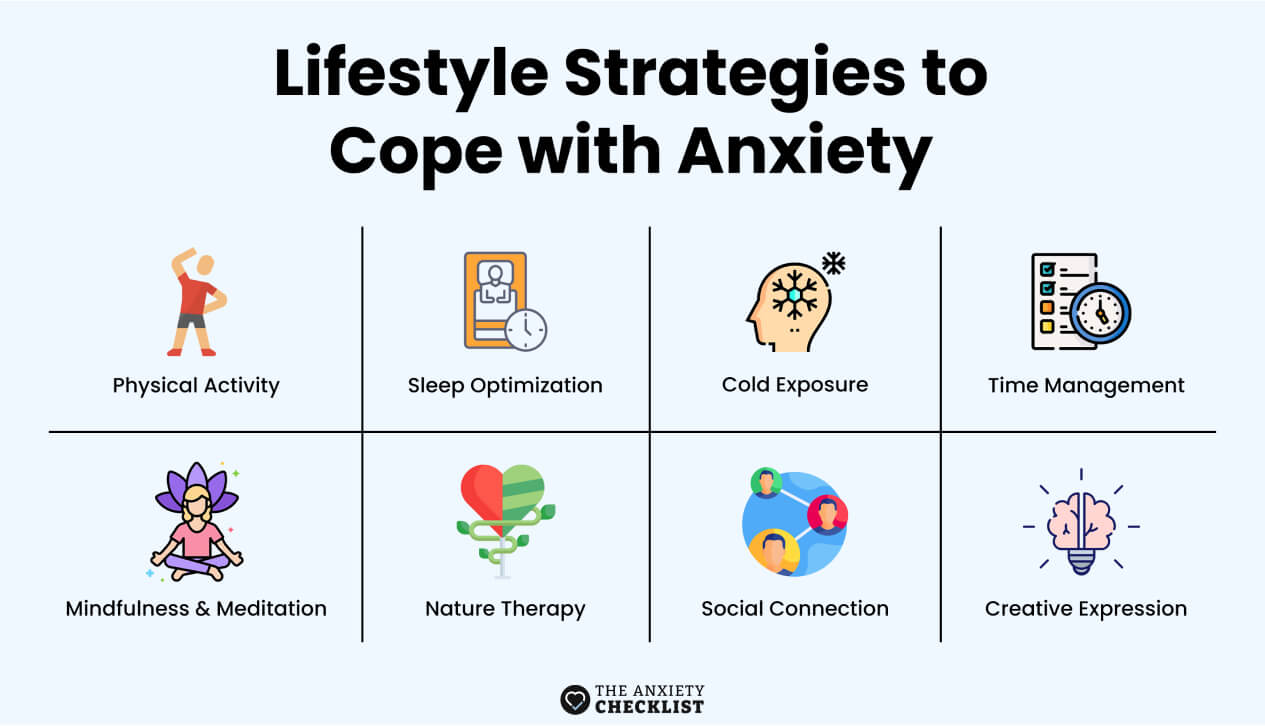
4. Mood Regulation
Yes, ASMR can help steady your mood. Here’s a plain, direct rundown you can actually use.
ASMR gives your mind a tiny, calm thing to hang onto. When the brain follows a soft sound or slow movement, it stops chasing upsetting thoughts for a moment. That pause is what changes the mood — from tense or flat to a little lighter, calmer, more manageable.
Here’s what it does.
- Pulls Attention Away From Worries: A whisper or steady tapping fills the space your brain was using to worry.
- Soothes the Body: Slow sounds make breathing and muscles ease up, which changes how the mood feels in your body. corner.
- Feels Like Care: Personal-attention triggers (soft speaking, simulated hair brushing) can feel comforting, like being looked after.
- Breaks the Loop : Repetition in ASMR interrupts rumination and gives the mind a new rhythm.
- Builds Tiny Wins: A short, calm session can lift you enough to do something else helpful — make tea, get outside, or write one line in a journal.
Here’s how you can use it to improve your mood.
5. Emotional Self-Soothing
Last, but not least, ASMR is quite helpful in emotional self-soothing. You may be working with a therapist, but they can’t be there to help you all the time.
Sometimes you may feel overwhelming emotions, maybe after a traumatic experience or being triggered by something. Your emotions go into overdrive, and you can’t seem to calm down.
In that moment, when you don’t have any other kind of support, ASMR can be a lifesaver
Pick a 3–8 minute clip you find comforting (whispers, brushing, rain, soft tapping). Sit or lie where it’s safe. Use low-volume headphones if that feels grounding. Let the sound be the focus. Combine it with a breathing exercise to calm and soothe yourself.
Here’s what ASMR does.
Risk Factors Associated with Using ASMR for Anxiety
While ASMR videos have several use cases and benefits, you should be aware of certain risk factors. Here are the most common ones.
Frequently Asked Questions
That weird, relaxing shiver you get from whispers, tapping, or slow hand movements? That’s ASMR.
Watching ASMR videos has become popular because it’s a tiny escape from stress, a few minutes of pure calm, guided by soothing sounds and careful visual stimuli.
It’s not just girls who watch ASMR videos, but anyone who suffers from anxiety or stress. The simple reason they watch these is that it feels good.
Soft sounds, hand movements, or slow whispers induce ASMR by acting as ASMR stimuli. This ASMR response eases tension, helping them relax after a stressful day or focus while studying.
Some of the most common triggers that induce ASMR are:
Yes, ASMR can definitely help you sleep better. It works because:
Conclusion
Previous Article
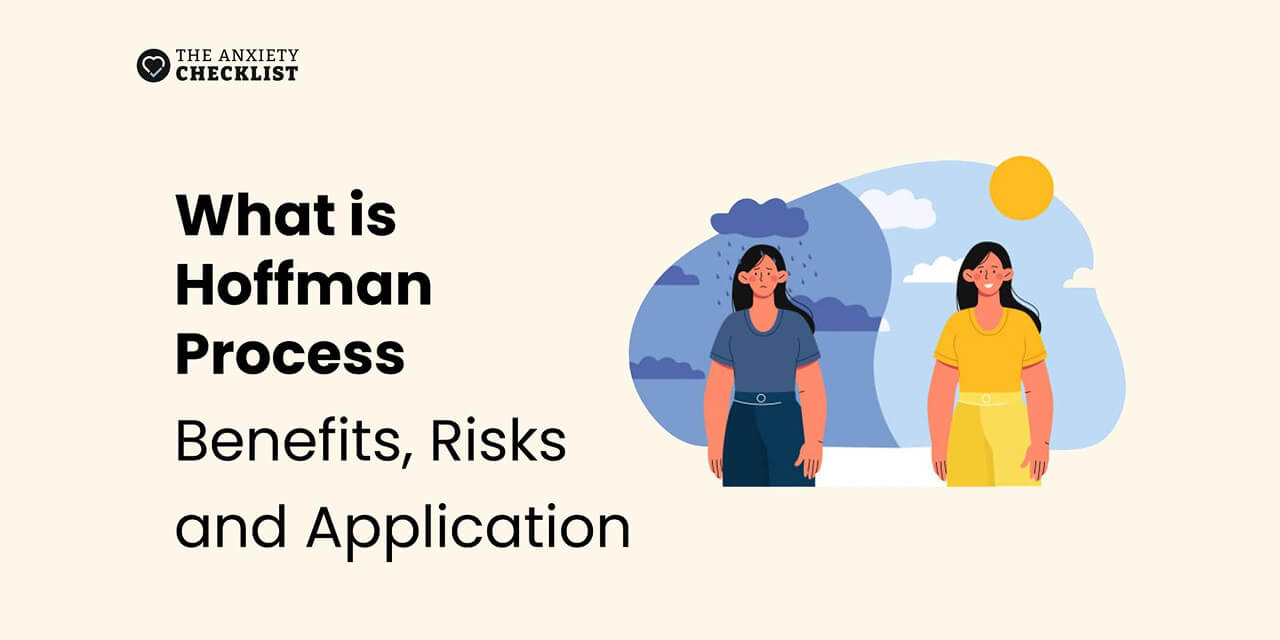
What is Hoffman Process: Benefits, Risks and Application

Advertisement
BetterHelp
BetterHelp makes starting therapy easy. Get a tailored therapist match based on your needs and preferences - in as little as 24 hours!
Enjoy 20% off your first month with code "anxietycheck"

4 million+ Helped
Access Therapy 24/7
Preferred by 94% of users
If you are in a crisis or any other person may be in danger - don't use this site. These resources can provide you with immediate help.


